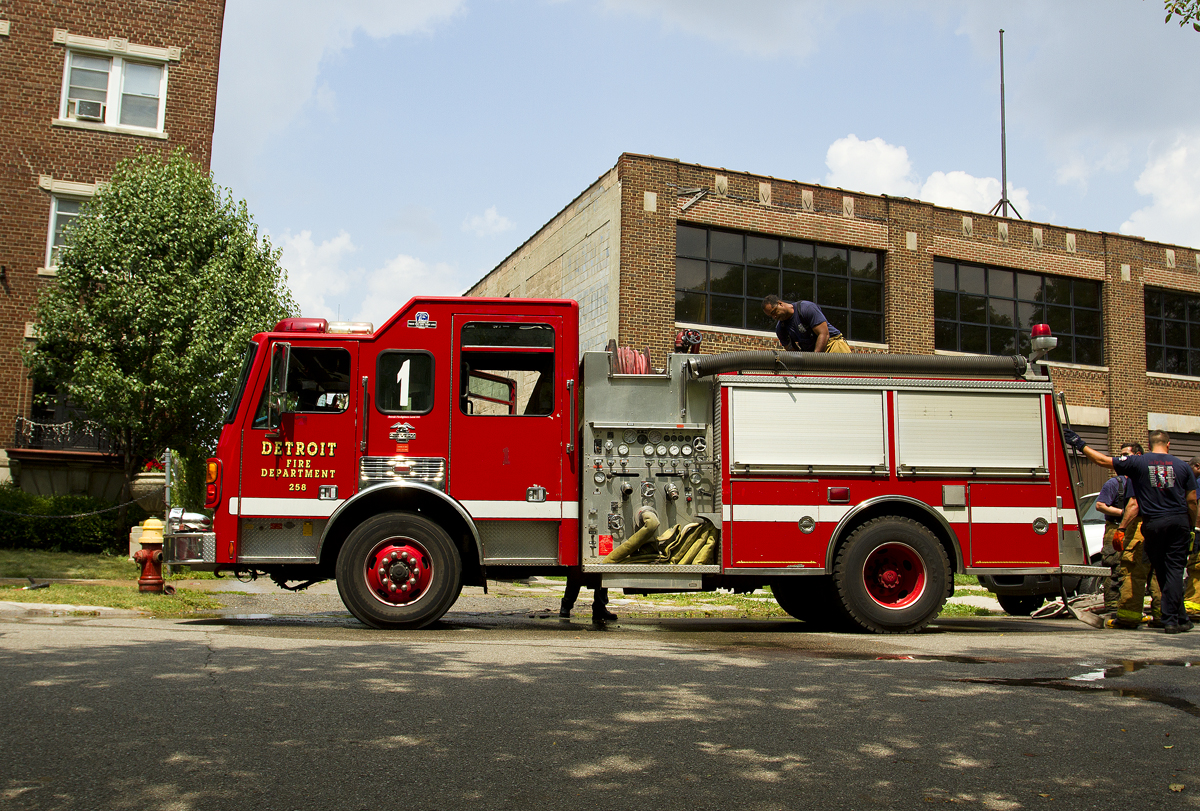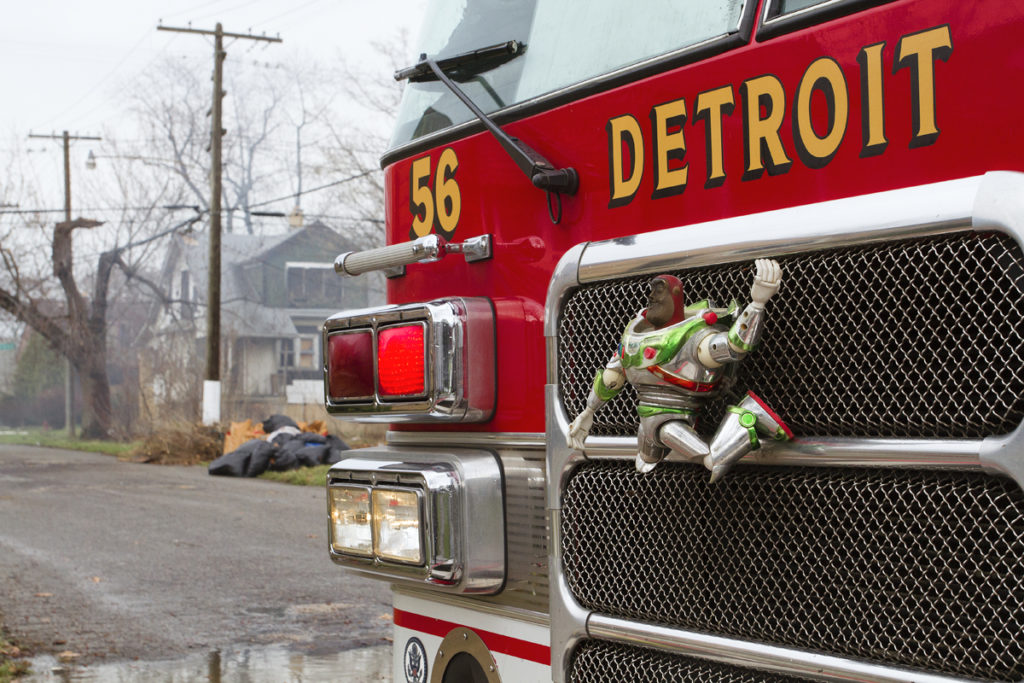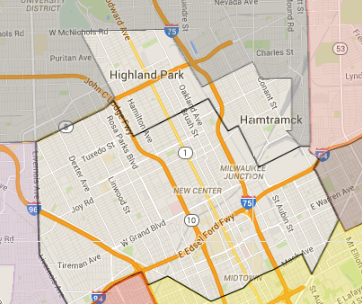
The chances of surviving a heart attack drastically decline after about 8 minutes without medical attention.
That’s why Mayor Mike Duggan’s administration set an ambitious goal to reduce the city’s notoriously slow response times to under 8 minutes for life-threatening calls – the gold standard for EMS priority calls. buy Cymbalta generic

When Mayor Duggan took office in January 2014, the average response time was a miserable 18 minutes. Since then, his administration has nearly halved the average time at 10 minutes and 30 seconds after putting more ambulances on the road, using new technologies and incorporating efficiencies. buy clomid generic
In an effort to further reduce response times, the city this week began sending select firefighters to emergency medical runs, which is the practice in many cities, including New York, Los Angeles, Houston and Philadelphia. buy diflucan generic
A 2010 study of 300 fire departments found that firefighters were able to reach the scene of medical emergencies an average of three minutes faster because fire stations are more abundant and spread out.
The idea is to send trained firefighters and a paramedic in a fire rig to a medical emergency to help stabilize a patient until the ambulance arrives.
“This has been a topic of discussion in the Fire Department for 43 years; it took Mayor Duggan to make it happen,” said Executive Fire Commissioner Edsel Jenkins, who played a lead role in devising the plan.
Related: How Detroit plans to fix the Fire Department, but is it enough?
 The change couldn’t have happened sooner for a 64-year-old woman who stopped breathing following cardiac arrest at her home in Detroit on Wednesday morning.
The change couldn’t have happened sooner for a 64-year-old woman who stopped breathing following cardiac arrest at her home in Detroit on Wednesday morning.
Two firefighters and a paramedic were called to the woman’s house on the west side after she reportedly had a heart attack and wasn’t responding. The trio hopped in a fire rig – Squad 4 – and reached the scene in under 8 minutes. While they resuscitated the woman, an ambulance was still en route. It reached the scene at 7:24 a.m. – 11 minutes after the call.
Commissioner Jenkins said it’s “very possible” that the woman is alive today because of the new medical runs.

“Reducing emergency medical service response times will substantially increase the chance of survival for someone having a cardiac arrest, ” Jenkins said.
Because of delayed response times, “a majority of the nation’s 50 largest cities save only an estimated 6% to 10% of the victims of sudden cardiac arrest,” a USA Today survey found in 2005.
For Mayor Duggan, a former hospital executive, improving emergency response times has been a priority and a testament to his doggedness as an administrator. His team has wasted no time laying out the plans, a process that has taken some fire departments years to get off the ground.
In October, firefighters began getting trained and certified as medical responders. To ease the transition, the city plans to begin medical runs in two new fire companies every 30 to 40 days, Jenkins said. There are 43 companies.

The Fire Department is starting with the 5th Battalion, which is pictured here and includes New Center, the Milwaukee Junction and Wayne State University.
It’s not going to be an easy transition. Detroit’s fire rigs are breaking down at alarming rates; firefighters are fatigued; and the city continues to lead the nation in arsons.
The Motor City Muckraker will continue to monitor the effectiveness of the medical runs as part of our yearlong examination of the fire department.
To stay updated on response times, visit the administration’s “Detroit Dashboard,” which posts the weekly average response times, among other information affecting residents’ quality of life.
Steve Neavling
Steve Neavling lives and works in Detroit as an investigative journalist. His stories have uncovered corruption, led to arrests and reforms and prompted FBI investigations.

4 Responses to "Saving lives: EMS response times plummet under Mayor Duggan’s watch"